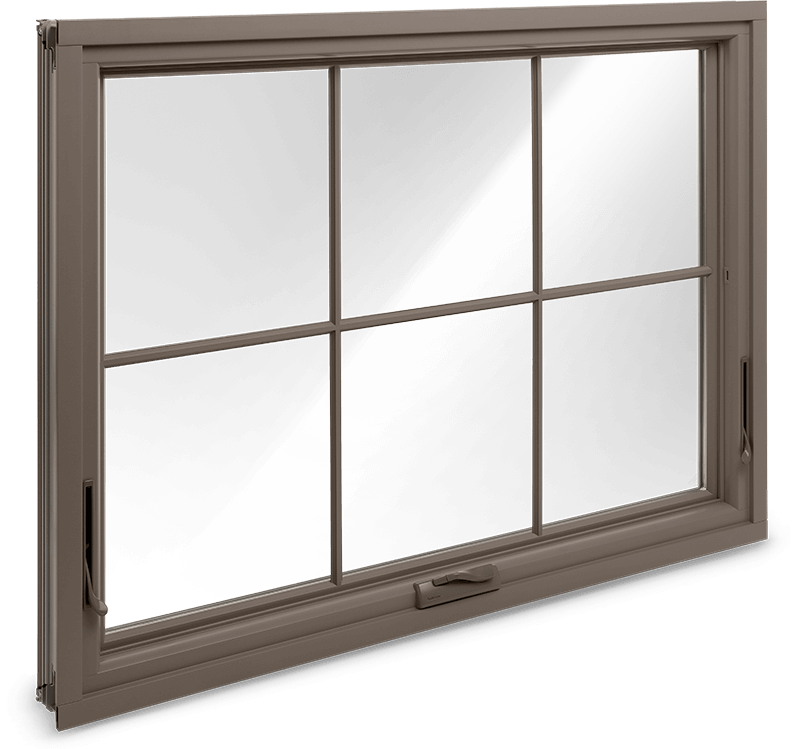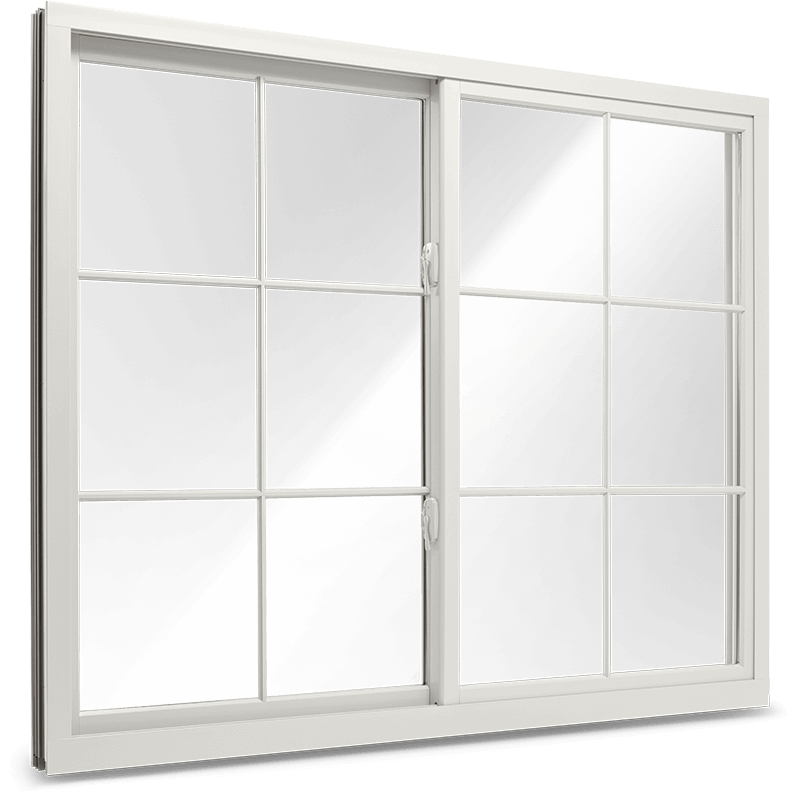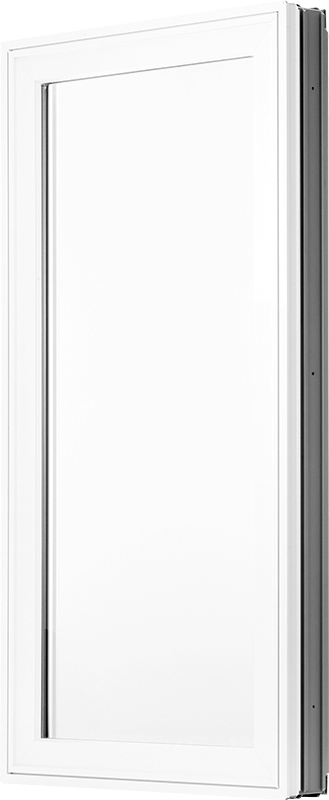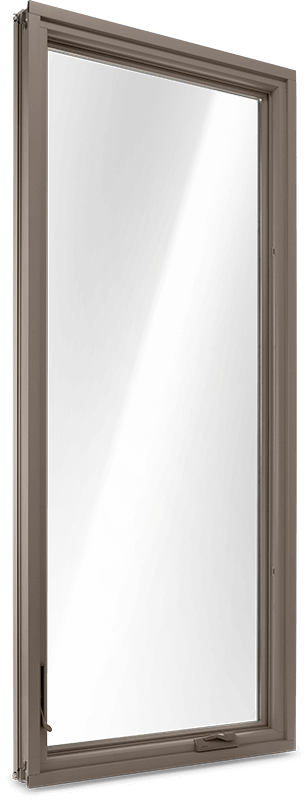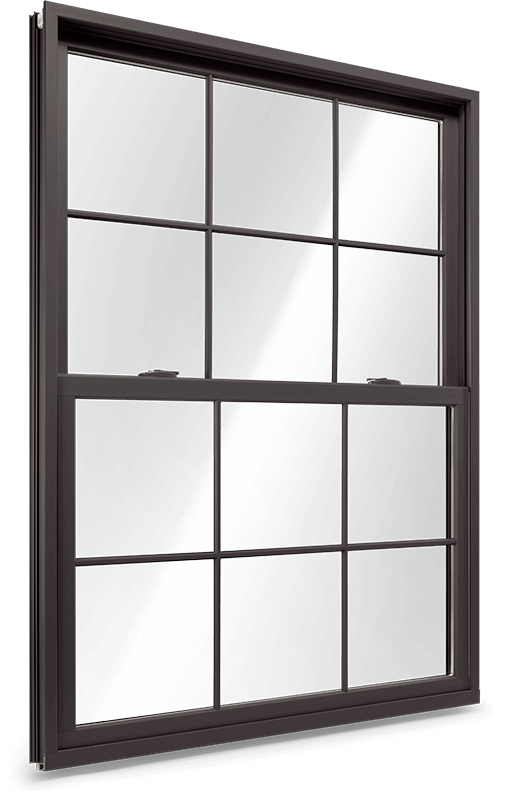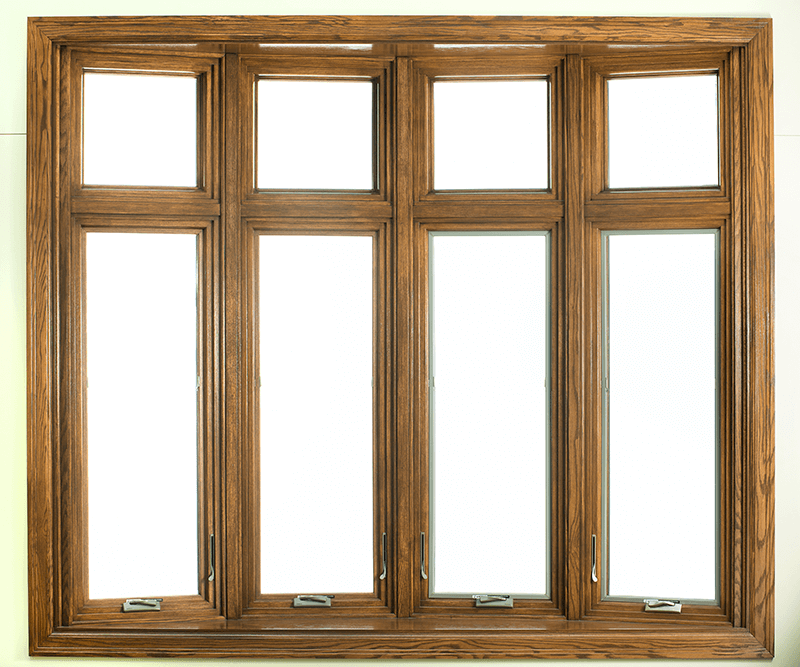
One potential downside to bay or bow windows is the maintenance. Due to their size and potential location within your home, they may be more difficult to upkeep than standard single-hung or double hung-windows.
MATERIALS AND COLORS
Renewal by Andersen bay and bow windows can be customized to fit any aesthetic.


Featured Video
Versatile and transformative, a bay and bow window effortlessly complements any home. These windows have the remarkable ability to flood your living spaces with abundant natural light, creating an inviting atmosphere, and offering panoramic views of the breathtaking outdoors.
Discover how a bay and bow window can elevate the aesthetics and ambiance of your home while connecting you with the beauty of the surrounding environment.
What is a bay window?
What's the difference between a bay and bow window?
Are there different types of bay windows?
Canted bay windows – These are probably what you think of when picturing a bay window. They’re similar to the box bay, but these feature a flat front panel flanked by angled panels on either side.
Box bay windows – These are so named due to their square shape. They have a flat front and the side panels are set at a 90 degree angle from the front panel.
Oriel bay windows – These are the oldest type of bay window. They’re built into the side of the home but do not touch the ground, so they can be found on any story of structure. For structural integrity, they typically feature decorative brackets or corbels.
Circle bay windows – These windows are similar to bow windows with the major distinction being the number of panels. While both window types offer a curved shape, circle bay windows have three large window panels versus bow windows that have four or more window panels.





